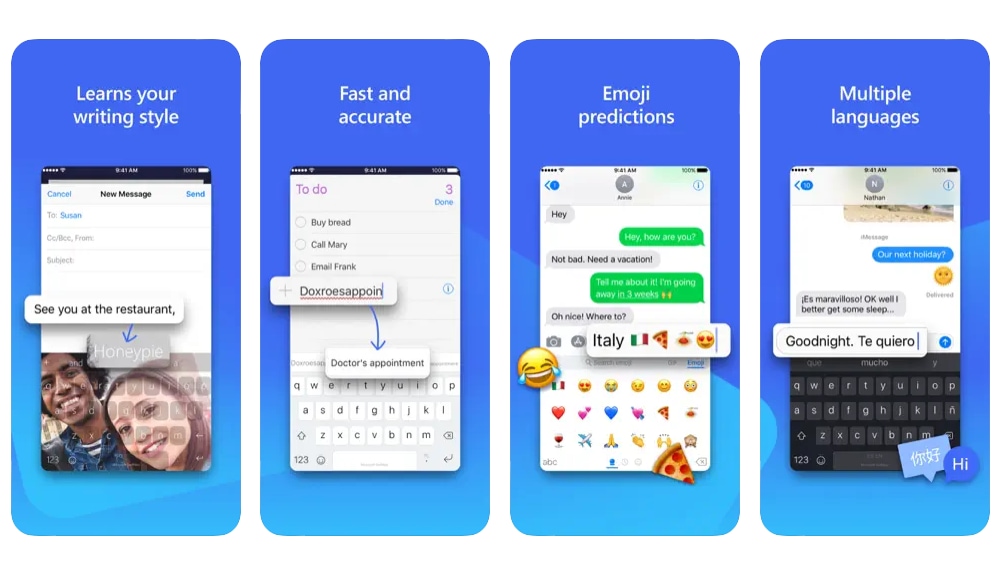Microsoft has brought back SwiftKey, its predictive keyboard for iPhone and iPad with gestural typing, emoji prediction, themes and more.

- What’s happening? Microsoft pulled SwiftKey from Apple’s App Store in September 2022 without giving any explanation for the discontinuation. But now, the Windows maker has seemingly reversed course and reinstated SwiftKey on the store though no updates have arrived yet.
- Why care? SwiftKey was probably the best third-party keyboard for iPhone and iPad so this is great news for people who prefer SwiftKey over Apple’s own QuickType predictive keyboard.
- What to do? Take SwiftKey for a spin [App Store link], see if you like it.
Microsoft’s SwiftKey iPhone keyboard has been reinstated
We may not know why Microsoft pulled SwiftKey from the App Store earlier in 2022, delisting it from the store on October 5, 2022. Even though SwiftKEy had languished more than a year without meaningful updates, discontinuing the app was clearly a mistake—people seem to be liking SwiftKey a lot.
“Based on customer feedback, SwiftKey iOS has been relisted on the Apple App Store,” Microsoft’s Caitlin Roulston said in a statement to The Verge.
Although the version currently reinstated on the store has no new features, Vishnu Nath, Microsoft’s VP and GM of OneNote and the Office product group, has teased folks on Twitter to “stay tuned to what the team has in store.”
Microsoft SwiftKey Keyboard is BACK on iOS! 🎉🎊🍾🥳
Stay tuned to what the team has in store for it!
Link ➡️ https://t.co/X6eIq0VJgP pic.twitter.com/23OA67UynZ
— Vishnu.one (@VishnuNath) November 18, 2022
Pedram Rezaei, another Microsoft executive, chimed in saying that the Windows maker will be “investing heavily in the keyboard.”
Those who had the app installed before it was pulled experienced no disruptions. Delisting an app from the App Store doesn’t automagically make it disappear from the devices of all the people that have installed it.
But if you manually uninstalled SwiftKey or restored an iPhone from a backup after the app was delisted, you could no longer use the app—until today, that is. Read: New to iPhone? How to master the onscreen keyboard
For further information, visit support.SwiftKey.com.
A brief history of SwiftKey

SwiftKey debuted in 2014 when Apple released iOS 8 which was the first iOS version to relax Apple’s sandboxing rules and allow apps like third-party keyboards, iMessage apps, Maps extensions and so forth.
Microsoft acquired SwiftKey in 2016 for a reported $250 million.
The deal was about artificial intelligence (AI) expertise because SwiftKey was one of the early mobile apps to use AI in any fashion. The app leverages AI to predict the next word the user might type, based on their writing style and other signals.
SwiftKey is available on Google’s Android operating system, too. Microsoft even leverages SwiftKey’s technology to power the system touch keyboard in Windows. The reason third-party keyboards have failed to take off in a big way? Restrictions.
Some third-party keyboards require network connectivity to run AI predictions in the cloud, which is a big privacy concern. And when you’re entering sensitive data such as passwords, Apple’s own QuickType keyboard is used instead of a third-party one.